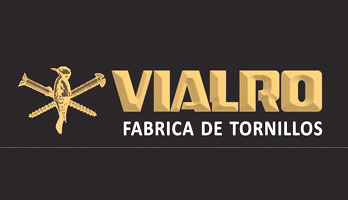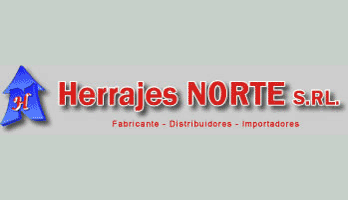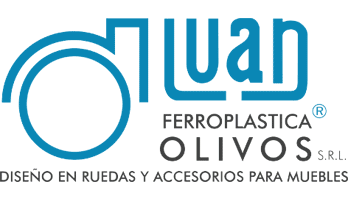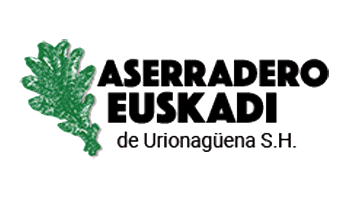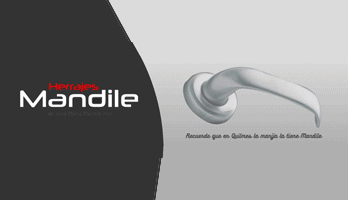
Primeros bio-tejidos más fuertes que el acero a partir de nanocelulosa de eucalipto
Se trata de una microfibra de celulosa, imperceptible al ojo humano, que ya despierta el interés de empresas privadas del país por sus características únicas: liviana, impermeable y biodegradable.
Se trata de una microfibra de celulosa, imperceptible al ojo humano, que ya despierta el interés de empresas privadas del país por sus características únicas: liviana, impermeable y biodegradable. Con una resistencia incluso superior al kevlar, material que se utiliza en chalecos antibalas, aviones de combate y trajes espaciales, la nanocelulosa podría retardar la acción del fuego si se le agrega algún aditivo.
Pensar en que un material extraído desde la médula de microfibras de eucalipto podría ser más resistente que el acero o el titanio, además de biodegradable, era –hasta hace algunos años- una quimera. No obstante, la nanocelulosa, también conocida como el súper material del futuro, ha dado pasos agigantados en nuestro país de la mano de científicos y estudiantes del Centro de Biomateriales y Biotecnología (CBN) de laUniversidad del Biobío, en Concepción.
De acuerdo a las cifras del Instituto Forestal, en Chile existen 16,7 millones de hectáreas de bosque lo que representa el 23,2% del territorio nacional. De este porcentaje, 2,4 millones de hectáreas corresponden a bosque plantado y, de ellas, el 0,8 % son eucaliptos. Es precisamente esta riqueza forestal la que llevó a investigadores chilenos a asumir el desafío de adentrarse en las nuevas oportunidades que otorga la madera y crearon un film o bio-tejido basados en la nanotecnología, entendida como el conjunto de técnicas para manipular y controlar la materia a nivel de nanómetro, es decir, imperceptible al ojo humano.

IT MAY INTEREST YOU
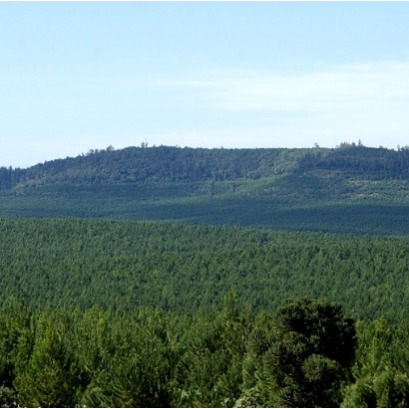 Free seminar on the implementation of the European EUDR regulation on deforestation-free wood products
Free seminar on the implementation of the European EUDR regulation on deforestation-free wood products
The Argentine Forestry Association (AFoA) organizes the seminar «EUDR in Forest Products: Current status of implementation. Regulatory requirements and private experiences", which will take place on Wednesday, November 26, from 11:00 a.m. to 12:00 p.m., via Zoom, with live streaming on YouTube. The European Regulation on Deforestation-Free Products (EUDR) will enter into force on December 31, 2025 and will impose new requirements for forest products entering the European Union market.
 Nation reinforces prevention and training against forest fires
Nation reinforces prevention and training against forest fires
The director of the Federal Emergency Agency (AFE), Santiago Hardie, referred to the support that the Nation provides in fighting fires. He argued that the majority of igneous sources respond to human interventions and that, therefore, social awareness is a central tool to reduce environmental, material and human damage.
 Native forest | In Misiones, controls are tightened on routes for illegal transport of native wood, logging of forests without permits and fraudulent digital guides
Native forest | In Misiones, controls are tightened on routes for illegal transport of native wood, logging of forests without permits and fraudulent digital guides
Informality in forestry activity in Misiones was once again evident, the culture of operating illegally is a historical problem, and the Ministry of Ecology and Renewable Natural Resources carries out the corresponding control and inspection operations in the regulation of productive activity and sustainable management for the use of native forests.





